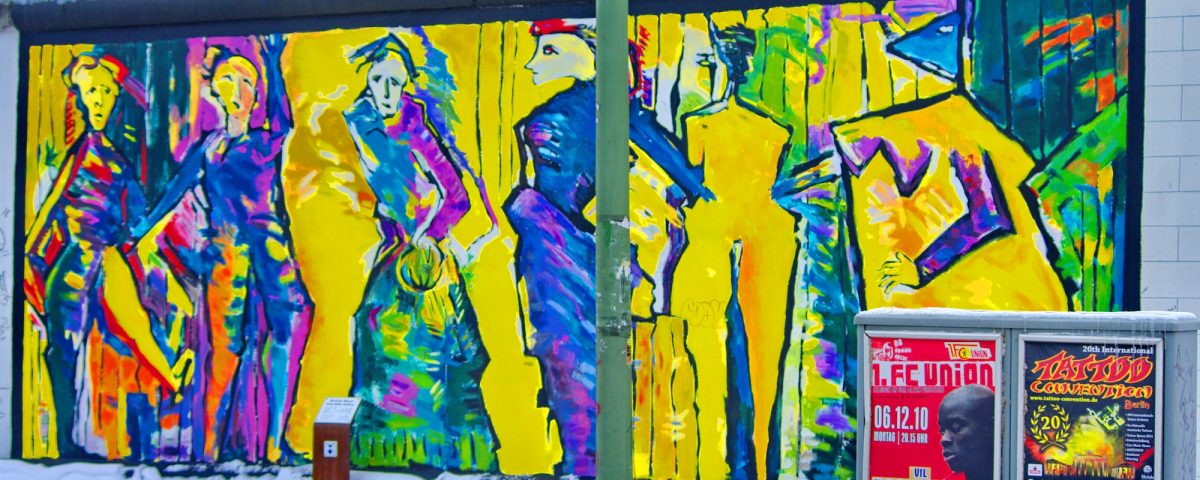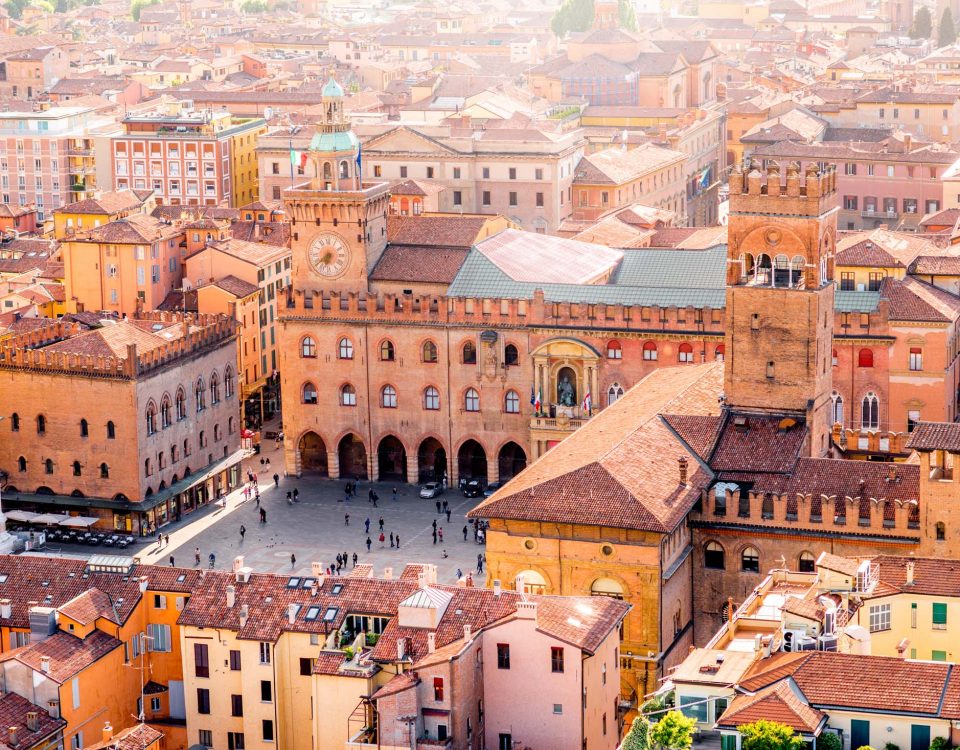
5 Hidden Gem Honeymoons for 2019
December 6, 2019
Highlighting Havana – Cuban Cigars, Rum, and Music
December 22, 2019The World’s Top Cities for Street Art
The stigma surrounding graffiti has shifted over the decades from once considered an act of secret vandalism to a celebrated medium of popular art. Cities across the globe have taken to praising graffiti decorating the different neighborhoods. Local governments have begun collaborating with well known or up and coming artists to craft powerful murals or quiet, hidden pieces discovered by happenstance like a treasure buried on the streets. The act of public art pops up around metropolises across the world shape ephemeral but transitory experiences for art lovers in any form turning the streets and plazas into public art galleries.
Museums and art galleries segregate the art world by showcasing classic or revered works to those able to access them, while street art has emerged as a way for individuals and art collaborators to tell stories of their culture in pictures instead of words within their communities. In dense urban settings, murals add bursts of color to concrete walls or make statements about neighborhoods revealing the vibrant life of what was once considered a dilapidated area. The following list compiles the street art from cities across the globe representing how the art world transformed diverse communities through cultural relevance by embodying the spirit of artistic expression, transformation, and connection
Berlin, Germany
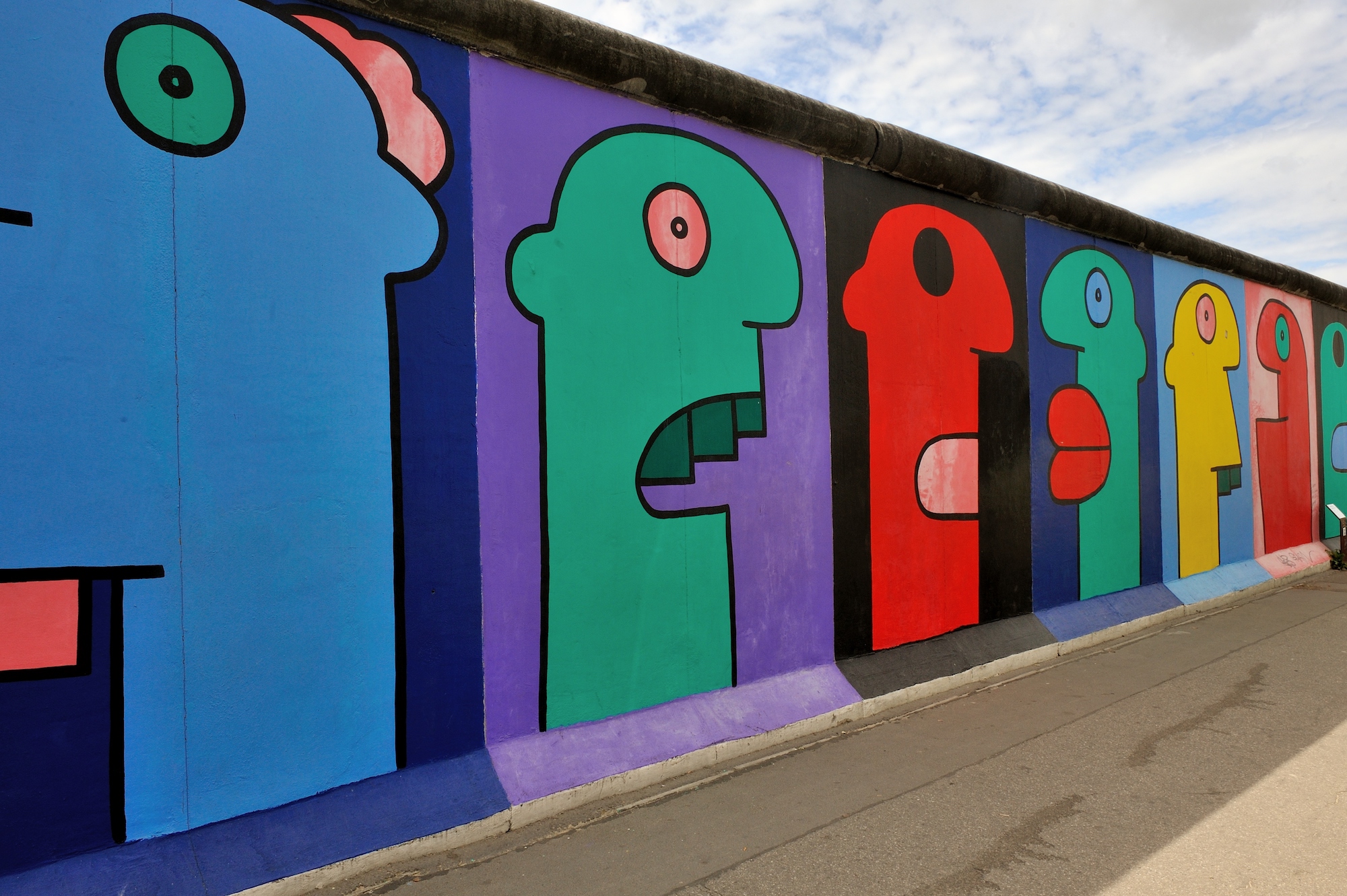
The capital of Germany has also emerged as the home of Europe’s most eclectic art scene with renowned institutions like Alte Nationalgalerie and Gemäldegalerie. These famous museums host masterpieces crafted between the 13th and 19th centuries contrasting the distinct cultural expression and aesthetics spanning a mile-long section of the Berlin Wall at the East Side Gallery. The former barrier between East and West Germany displays the work of over 100 international artists. Before the fall of East Germany, the Berlin Wall acted as the birthplace of Berlin graffiti, hosting the socio-political statements as a public forum bringing together the disparate angry youths turned street artists.
Berlin nurtures ideas and fosters creative industries, including those of different artistic mediums with a proclivity for provoking criticism and reflection. The East Side Gallery acted as the impetus for Berlin’s appeal for street artists as the local government chose to foster imagination with urban art festivals, legal graffiti areas, and urban revitalization programs. In return, Berlin has become a maze of color, quiet revolution, and a stunning public gallery of international artists.
Cairo, Egypt
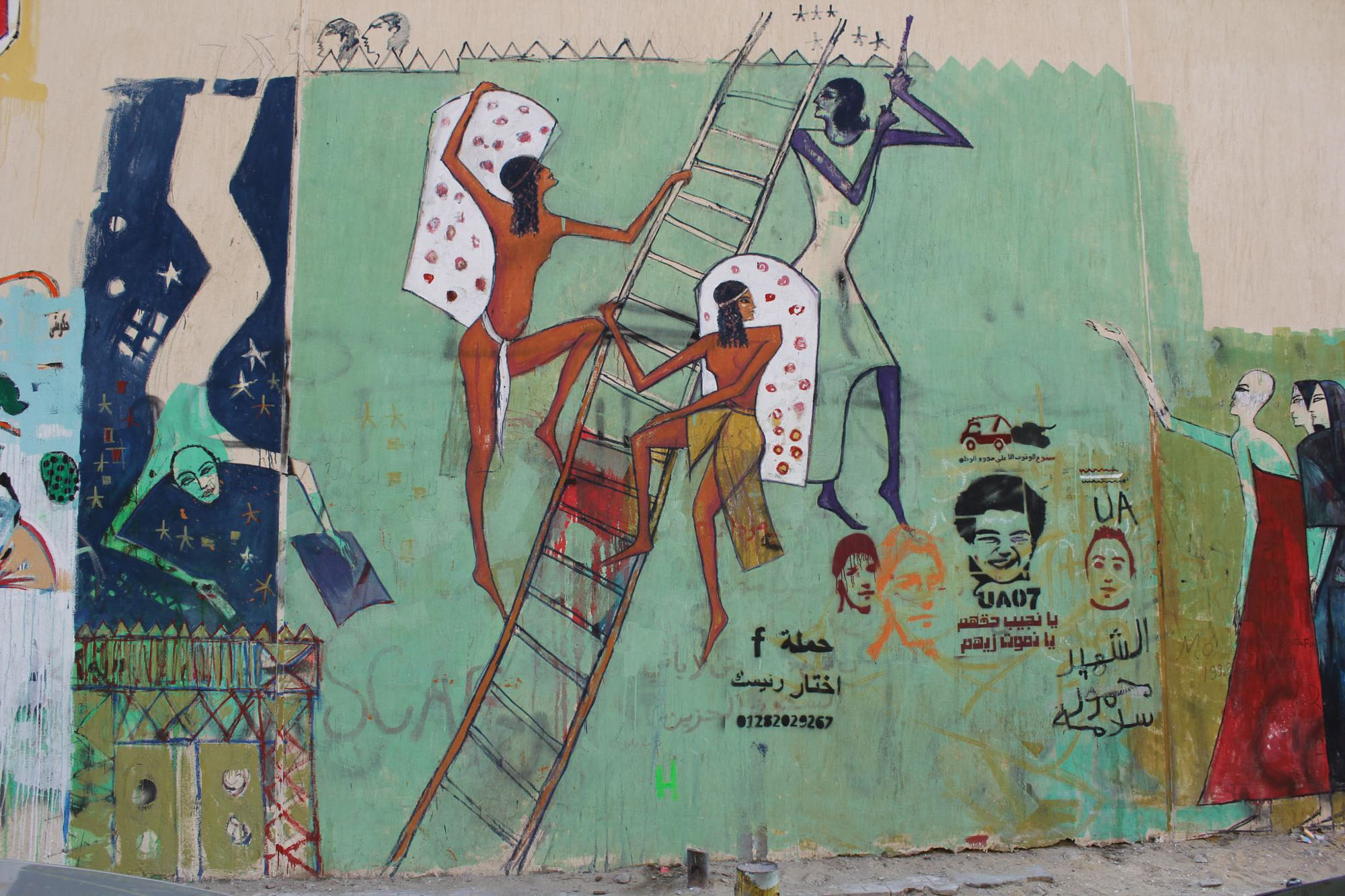
The street art of Cairo may not be the new hieroglyphics attracting tourists from across the world, however, the works of a new generation of artists born from the revolutionary spirit of the Arab Spring believe in the power of art. Graffiti in Cairo was rare, if at all visible, until around 2011 when artists used the medium to document the crimes of the former regime. Whether individually or as a collective, the different works told the government that nothing escaped the attention of the people.
The combination of styles reflect the works of international street artists like Banksy, popular hip-hop fonts, or personal styles using Arabic calligraphy or viewpoints inspired by local pop culture. The works stood in protest and created an active dialogue with the community. The art movement covered densely populated neighborhoods around Tahrir Square and spaces close to the American University in Cairo, which artists and activists used like an advocate newspaper. Some of the revolutionary works have disappeared since the end of the Arab Spring, but other pieces remain, such as the work of artist eL Seed, which decorates 50 buildings in the Manshiyat Naser neighborhood.
Paris, France
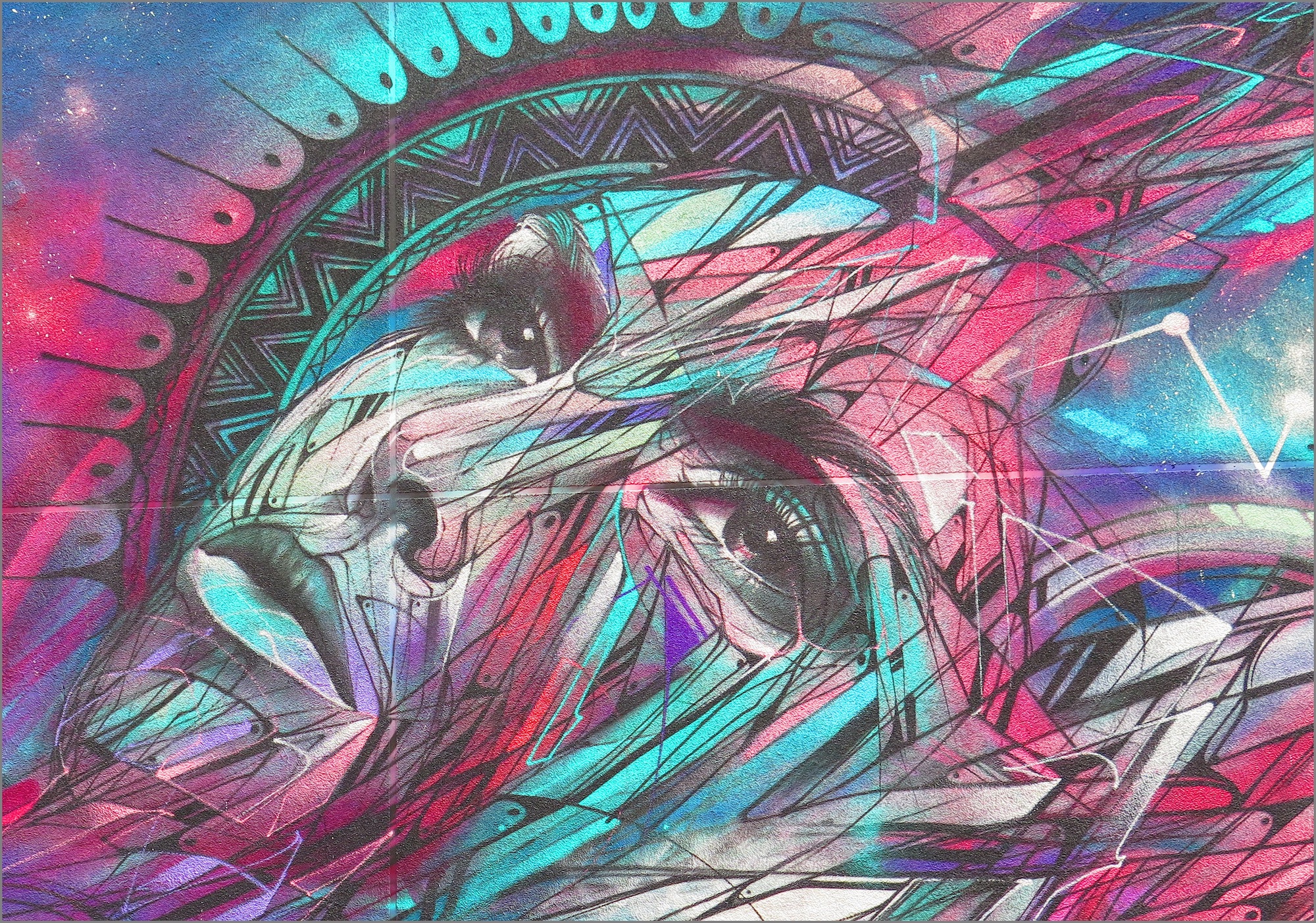
Paris is one of the world’s famed centers for art lovers. The city conjures images of couples strolling along the Ponte Neuf, kissing under the Eiffel Tower, or wandering through more than 1,000 art galleries spread across the city. The art world in Paris, however, is not consigned to Venus de Milo, Mona Lisa, and Monet’s Water Lilies. In 2016, Paris’s city hall designated a large portion of the budget to create murs d’espressionalso referred to as street art murals decorating walls across all 20 arrondissements.
As a formative figure in the Western World’s ideal revolutionary spirit, Paris has nurtured the art form born out of resistance. Street art remains a socially conscious medium for artists, who use different types of media and material to tell their stories, whether with stencils, posters, or paint. The decorative ambiance on streets like Rue Saint-Maur and Rue Laurence Savart have welcomed active galleries dedicated solely to street art. This movement showcases the emergence of street art as a respected and important voice in the art world.
Bogotá, Colombia
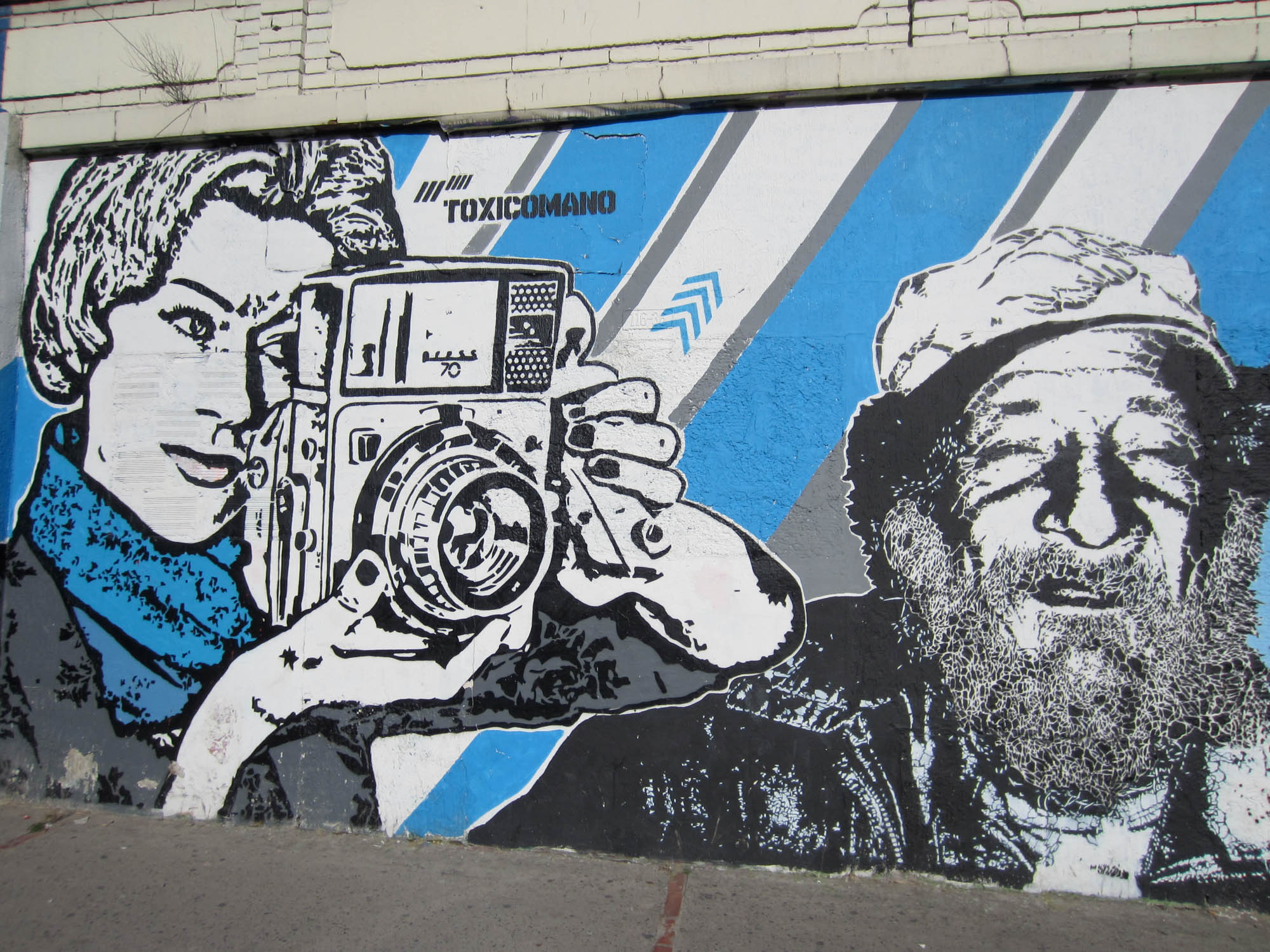
Politically focused street art influenced by Bogatá’s history of drug trade and corruption appear across the city. The capital of Colombia has emerged as the leading South American destination for street art. Within the graffiti of anti-government sentiment or references to gang violence sprung the beauty and power of the artwork.
Walking around the city reveals works by world-class artists in the form of murals and stencils, collages, and minute pieces worked into the colonial architecture. The thrills of the work are not relegated to the exterior walls of the city. Instead, you could make your way into Museo de Arte Moderna de Bogotá and Museo Botero, which often host exhibitions featuring works of local street artists hung among the Colombian masters.
Melbourne, Australia
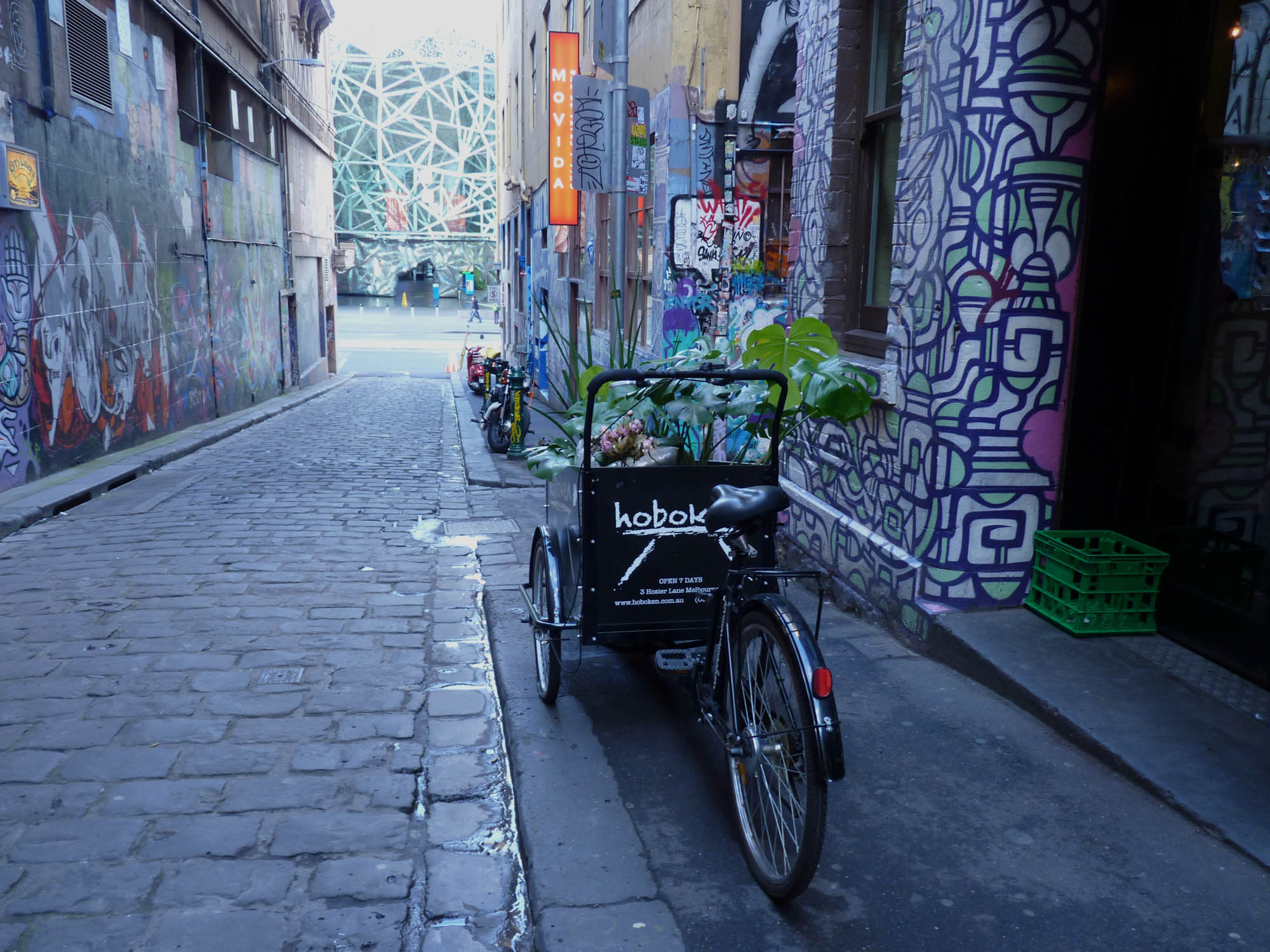
Melbourne is often referred to as Australia’s “Cultural Capital,” hosting the country’s oldest public art museum in the form of the National Gallery of Victoria. The exhibitions inside the center for contemporary and historical art draw millions of visitors a year. The art scene glowing along the streets and public spaces of the city represent a different vision of Melbourne’s creativity, artistic spirit, and an indelible connection to bohemian ideals.
The street art of the city has reached legendary proportions with artists using stencils, posters, and murals around Hosier Lane and Union Lane spreading to the beachside neighborhood of St. Kilda. Different pieces speak to the cultural issues of contemporary artists denoting social commentary or decorative contributions. In 2001, the Melbourne Council began commissioning work from local street artists to rejuvenate different neighborhoods and bring new artists to the forefront of the industry. Festivals and events foster an atmosphere of creativity reflecting the fleeting beauty of the city and its endless need to evolve. Melbourne acts as a public gallery supporting the freedom of artistic expression and experimentation as heritage and history.
Bangkok, Thailand
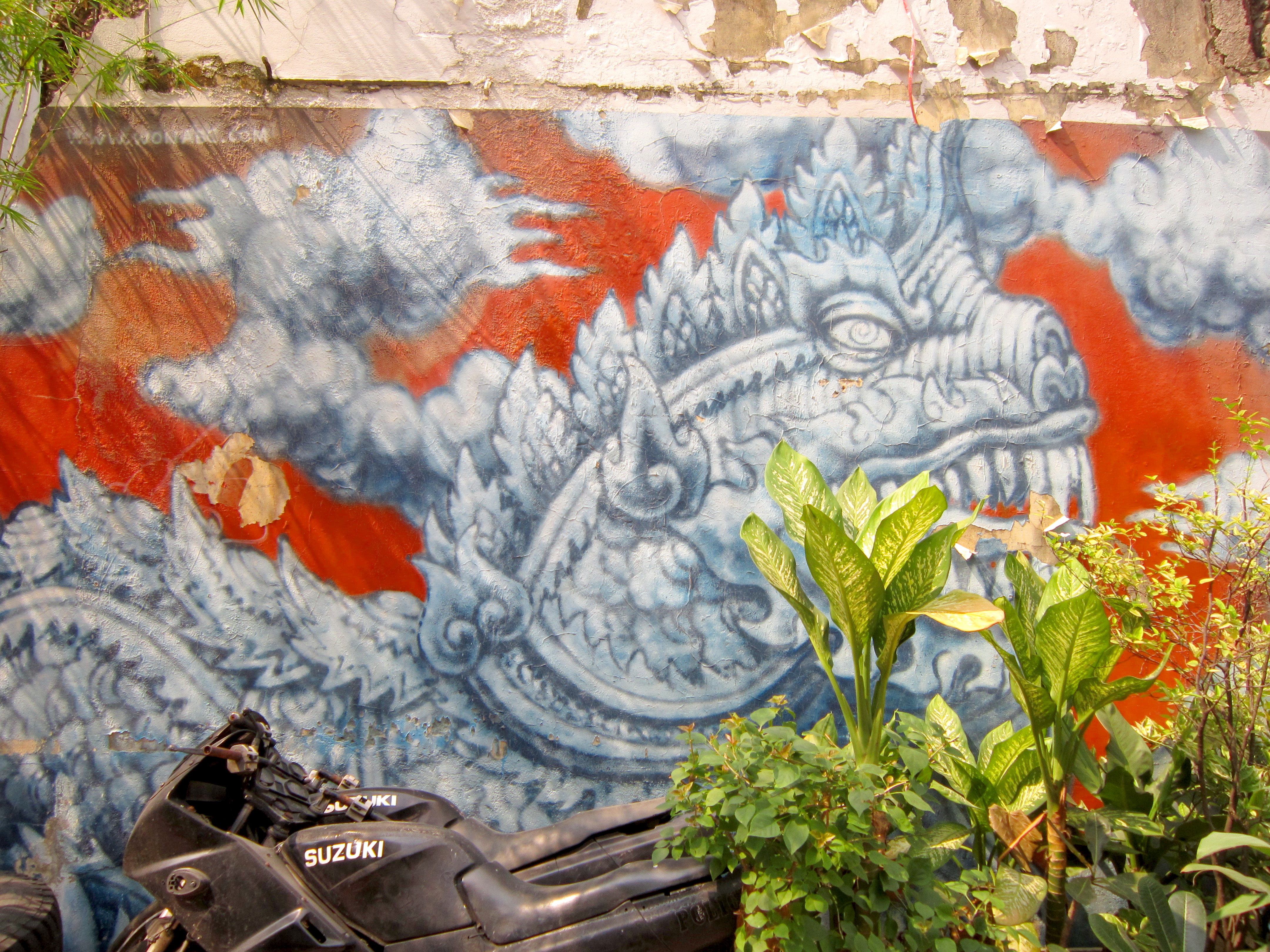
Thailand’s capital city has emerged as a new destination in the street art scene after hosting the first annual International Street Art Festival in 2013. The vibrant form of artistic expression in the city reflects different sensibilities than those of other countries, often containing social messages or comedic figures as opposed to profound political commentary. The medium has moved into the mainstream as it continues to shed the stigma of graffiti as destruction and highlight the merits and variety of the aesthetics’ artistic integrity.
Murals decorate the urban setting visible from the water when traveling the Chao Phraya Express public ferry. Artists found inspiration in the city itself, whether from the movement of the people or the design of the surrounding buildings. The street art scene in the city continues to evolve as artists slowly change the minds of locals by showcasing their talents in the evolving artistic landscape in the sprawling buildings with plenty of wall space to explore.


